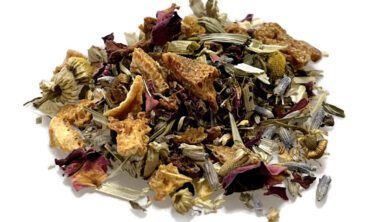
Tarragon
Tarragon (French) is native to the Mediterranean and was made popular as a condiment by the French in the 16th century. Tarragon forms small, yellowish buds that seldom develop into flowers. On the rare occasion that the plant does produce seeds, they are often sterile. Because of this, true tarragon can only be propagated by root division or the taking of cuttings.
Two other inferior species of tarragon, Russian and Winter, are sometimes mistaken for the coveted French variety. Russian varieties grow twice as tall as the French variety and exhibits paler, larger indented leaves and seed-bearing flowers. The Russian variety also lacks the pungency and fragrance of French. Winter tarragon has a strong, spicy aroma similar to the French variety, however it lacks the superior flavor. Winter tarragon is also able to be grown from seed, another characteristic which distinguishes this variety from its French relative.
Tarragon derives its name from the French word estragon, meaning “little dragon.” It is speculated that the dragon reference comes from a belief that tarragon was an antidote to the venom of serpents.
This French “King of Herbs” is the foundation of barnaise, rigavote and tartare. Its licorice-anise aroma and tart, lingering appetite-appealing flavor makes tarragon an excellent addition to chicken, eggs and fish. It is also great on turkey, veal and game, and is surprisingly tasty when mixed with mayonnaise, melted butter sauce, or French dressing. If you have not tried this unique herb lately we highly recommend you give it a try today!






Reader Interactions